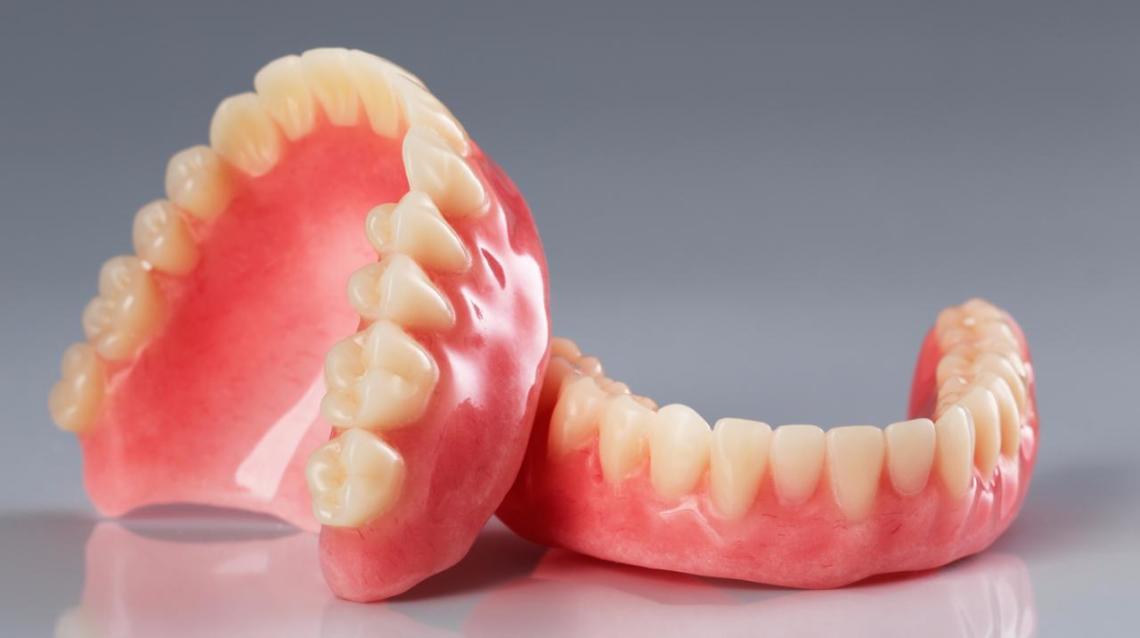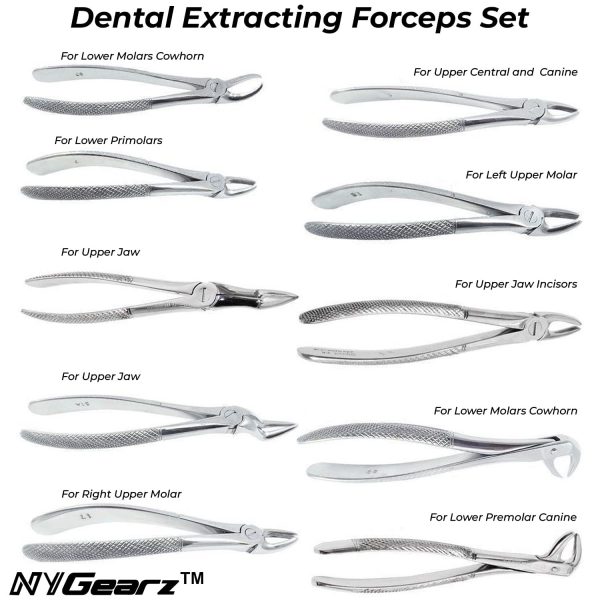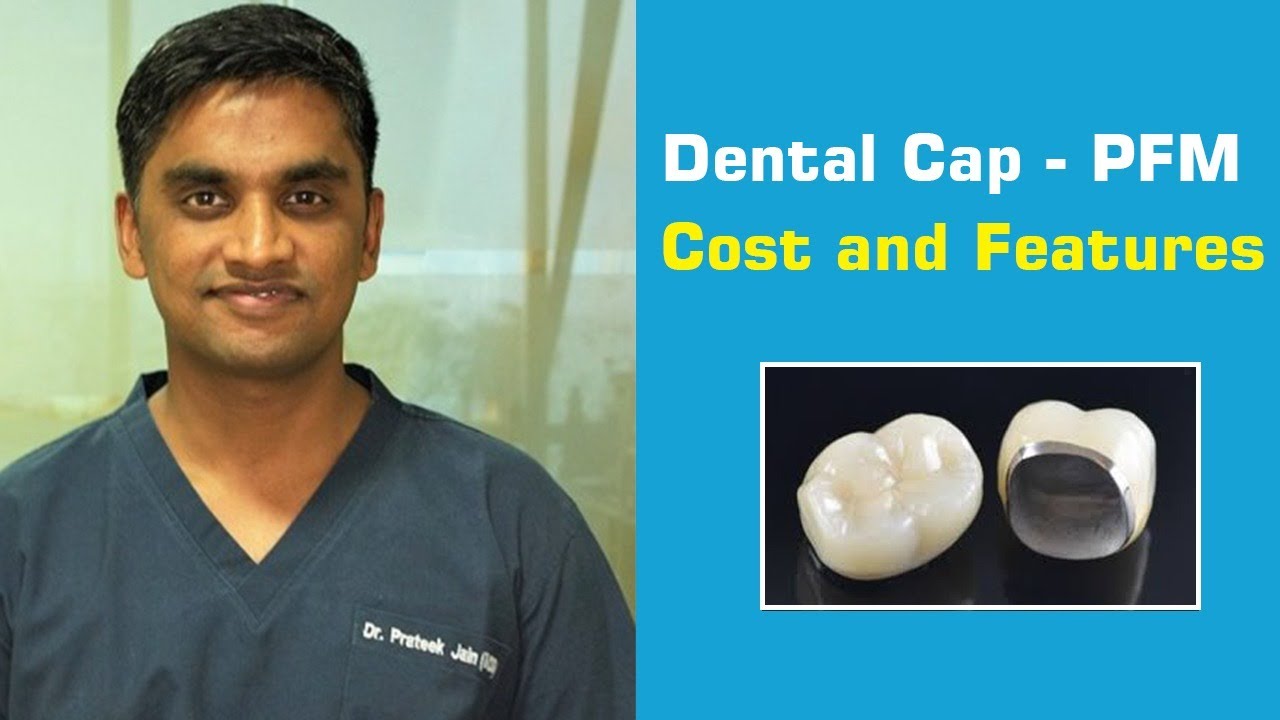Tooth Extraction Instruments: Effective Tools For Painfree Removal

The field of dentistry has witnessed significant advancements in recent years, with a strong emphasis on minimizing patient discomfort and maximizing the efficiency of dental procedures. Among these advancements, the development of specialized tooth extraction instruments has played a crucial role in ensuring that tooth removals are as painless and straightforward as possible. These instruments are designed to provide dental professionals with the precision and control needed to extract teeth safely and effectively, reducing the risk of complications and promoting faster healing.
At the heart of modern tooth extraction lie various instruments, each designed for specific stages or types of extractions. These include elevators, forceps, and periosteal elevators, among others. Elevators, for instance, are utilized for loosening the tooth from its socket, while forceps are used for the actual extraction, providing a firm grip on the tooth to gently rock it back and forth until it is ready to be removed. Periosteal elevators, on the other hand, are essential for reflecting tissue and accessing impacted teeth, showcasing the diversity and specialization of these instruments.
History of Tooth Extraction Instruments
The evolution of tooth extraction instruments reflects broader trends in dental technology and patient care. Historically, tooth extraction was a crude and often painful process, relying on rudimentary instruments that offered little in terms of precision or comfort. However, as understanding of dental anatomy and surgical principles advanced, so too did the design and materials of extraction instruments. The introduction of stainless steel and titanium, for example, has provided dental professionals with instruments that are not only more durable but also capable of being sterilized, significantly reducing the risk of infection.
Advanced Materials and Designs
One of the most significant advancements in tooth extraction instruments is the incorporation of advanced materials and ergonomic design principles. Modern instruments are crafted to fit comfortably in the dentist’s hand, reducing fatigue during procedures and allowing for more precise control. The materials used are selected for their strength, corrosion resistance, and ability to withstand the high temperatures of sterilization, ensuring that instruments remain effective over their lifespan.
Precision and Control
Precision and control are paramount in tooth extraction, as they directly impact the patient’s experience and the procedure’s outcome. Instruments designed with these principles in mind enable dental professionals to perform extractions with minimal trauma to the surrounding bone and tissue. This not only reduces the risk of complications but also contributes to a faster recovery period, as less tissue damage means less healing time.
Training and Expertise
The effective use of tooth extraction instruments requires extensive training and expertise. Dental professionals undergo rigorous education and practice to master the techniques involved in tooth extraction, including the proper selection and use of instruments. This expertise, combined with the advancements in instrument design, has significantly elevated the standard of care in dental extractions.
Future Directions
Looking to the future, the development of tooth extraction instruments is likely to be influenced by technological innovations such as 3D printing and nanotechnology. These advancements could lead to the creation of customized instruments tailored to individual patient needs and anatomical variations, further enhancing the precision and comfort of tooth extractions.
Conclusion
Tooth extraction instruments have come a long way, from their primitive beginnings to the sophisticated, precision tools used today. Their evolution reflects a commitment to patient comfort, procedural efficiency, and reducing the risk of complications. As dental technology continues to advance, it is exciting to consider how future developments in tooth extraction instruments will further improve the field of dentistry, providing patients with even more effective and pain-free dental care.
The choice of tooth extraction instruments can significantly impact the success of a procedure. It's essential for dental professionals to stay updated with the latest advancements in instrument design and materials to provide the best possible care for their patients.
Comparative Analysis of Tooth Extraction Techniques
| Technique | Description | Advantages | Disadvantages |
|---|---|---|---|
| Simple Extraction | Extraction of visible teeth | Less invasive, faster recovery | Limited to accessible teeth |
| Surgical Extraction | Extraction of impacted or hidden teeth | Can be used for any tooth, regardless of accessibility | More invasive, longer recovery |
| Laser-Assisted Extraction | Uses a laser to loosen the tooth | Minimally invasive, reduced risk of infection | Requires specialized training and equipment |

Pros and Cons of Advanced Tooth Extraction Instruments
Advanced tooth extraction instruments offer improved precision, reduced procedure time, and enhanced patient comfort.
However, they may require additional training for dental professionals and could be more expensive than traditional instruments.
FAQ Section
What are the most common instruments used in tooth extraction?
+The most common instruments include forceps, elevators, and periosteal elevators, each serving a unique purpose in the extraction process.
How have advancements in materials affected tooth extraction instruments?
+Advances in materials such as stainless steel and titanium have led to instruments that are more durable, resistant to corrosion, and easier to sterilize, enhancing patient safety and procedural efficiency.
What role does training play in the effective use of tooth extraction instruments?
+Training is crucial as it enables dental professionals to master the techniques and instrument selection necessary for successful and comfortable tooth extractions.
In conclusion, the world of tooth extraction instruments is a dynamic field that continues to evolve with technological advancements and a growing understanding of dental anatomy and patient needs. As these instruments become more sophisticated, patients can look forward to more efficient, comfortable, and effective dental care.



